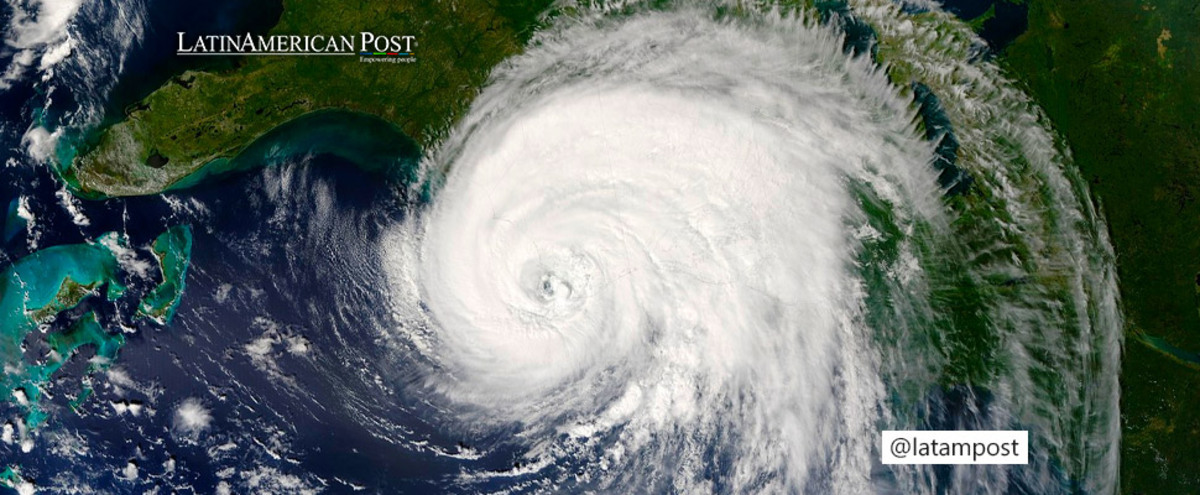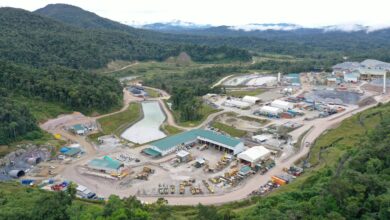2 Million Deaths and 4.3 Trillion Dollars Leave Meteorological Phenomena in 51 Years
Climate change increased the intensity and quantity of Meteorological phenomena, which profoundly affect countries with fewer resources.

Photo: Pixabay
LatinAmerican Post | María Fernanda Ramírez Ramos
Escucha este artículo
Leer en español: 2 millones de muertes y 4,3 billones de dólares dejan los fenómenos meteorológicos en 51 años
The World Meteorological Organization (WMO) revealed alarming data on the devastating effects of extreme Meteorological phenomena. According to their latest report, between 1970 and 2021, these events led to more than 11,000 disasters resulting in more than 2 million deaths and economic losses totaling $4.3 trillion. Storms, floods, and droughts are the ones that generate the most economic losses. In 2020 and 2021, there were a total of 22,608 recorded deaths.
Although economic losses reached astronomical figures, fatalities were significantly reduced thanks to improved early warning and disaster management. However, the data are paradoxical, showing significant inequalities between regions. The report highlights that the United States leads the way in economic losses, with a total of US$1.7 trillion, representing 39% of the global total for the period studied. However, in countries with fewer resources and small island states, economic losses were disproportionately high relative to the size of their economies.
For example, in most developed economies, most disasters represented losses of less than 0.1% of the gross domestic product (GDP), and in no case were there economic losses greater than 3.5% of GDP. In contrast, in countries with fewer economic resources, “7% of the disasters that caused financial losses had an impact equivalent to more than 5% of the GDP of the affected countries, and several disasters caused economic losses of up to almost 30% of the respective GDPs. The situation is even more severe for the island states. Some even had financial losses of more than 100% of their GDP.
We recommend you read: Heat stress: the new labor challenge posed by climate change
What Happened to Meteorological Phenomena in America?
The American continent, as a whole, is one of the most affected by meteorological disasters. In South America, between 1970 and 2021, 943 disasters related to extreme meteorological, climatic, and hydrological phenomena were registered. Floods alone represent 61% of these phenomena. The balance of these disasters is 58,484 deaths and 115,200 million dollars in economic losses. This represents 3% of deaths globally.
Venezuela, Brazil, Colombia, and Peru are the most affected countries in terms of the number of deaths. One of the worst events was registered in Venezuela in 1999 due to floods that caused the death of 30,000 people. Regarding economic losses, Brazil and Argentina are the most affected.
In North America, Central America, and the Caribbean, 2,107 meteorological, climatic, and hydrological disasters were registered in the period analyzed by the WMO. These caused economic losses worth $2 trillion and 77,454 deaths. Storms and tropical cyclones are the ones that affect the area the most.
Inequality Increases Mortality
Although global mortality has decreased each decade, there are significant challenges for regions such as Africa and Asia. “The death toll stands at 2 million, 90% of them in developing countries,” the report states. This data highlights the disparity in response and preparedness capacity. Consequently, the urgent need for countries to commit to climate justice is evident. In addition, droughts in Africa are a problem that should cause great concern since around 95% of deaths in the region are caused by this phenomenon..
WMO Secretary-General Petteri Taalas emphasized inequality in the shocking reality of natural disasters: "Unfortunately, the most vulnerable communities bear the consequences of these weather, climate, and hydrological hazards. Cyclone Mocha is a clear example of this, with devastation in Myanmar and Bangladesh affecting mainly the poorest groups of the population." However, if investments are made in early warning and disaster management systems, mortality can be significantly reduced.
The WMO presented these data during the World Meteorological Congress, a quadrennial event that began on May 22. It aims to galvanize more decisive action to make early warning services available to the world population by the end of 2027. The United Nations' Early Warnings for All initiative is a crucial priority expected to be endorsed in this congress, in which leaders of UN agencies, development banks, governments, and national meteorological and hydrological services will participate.





